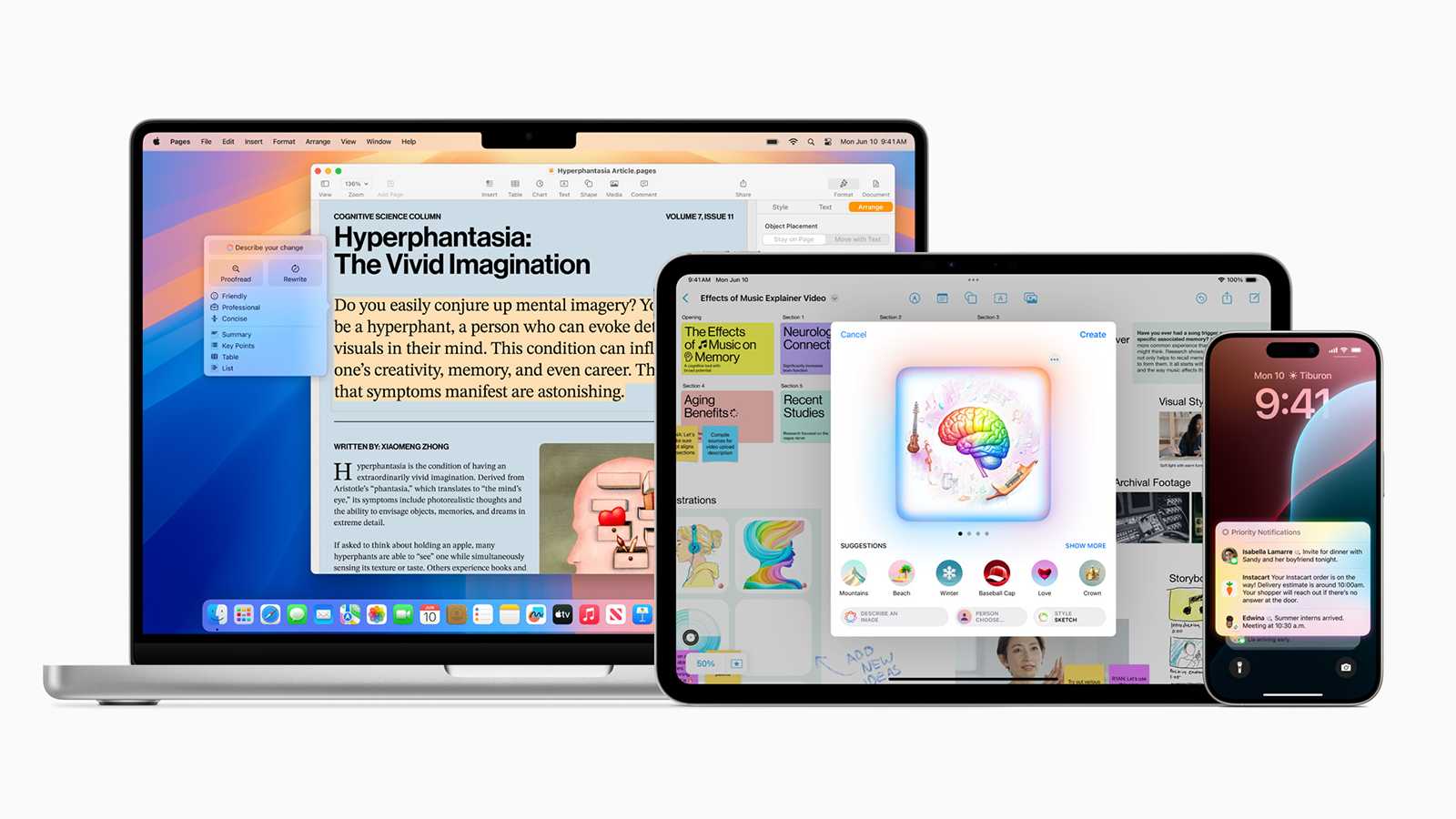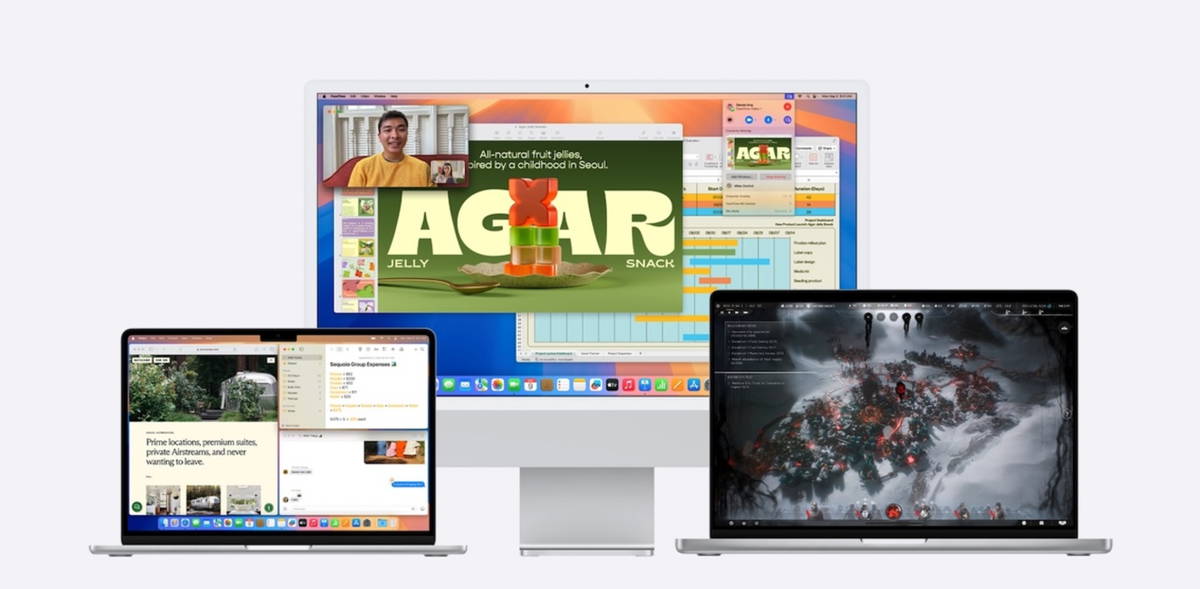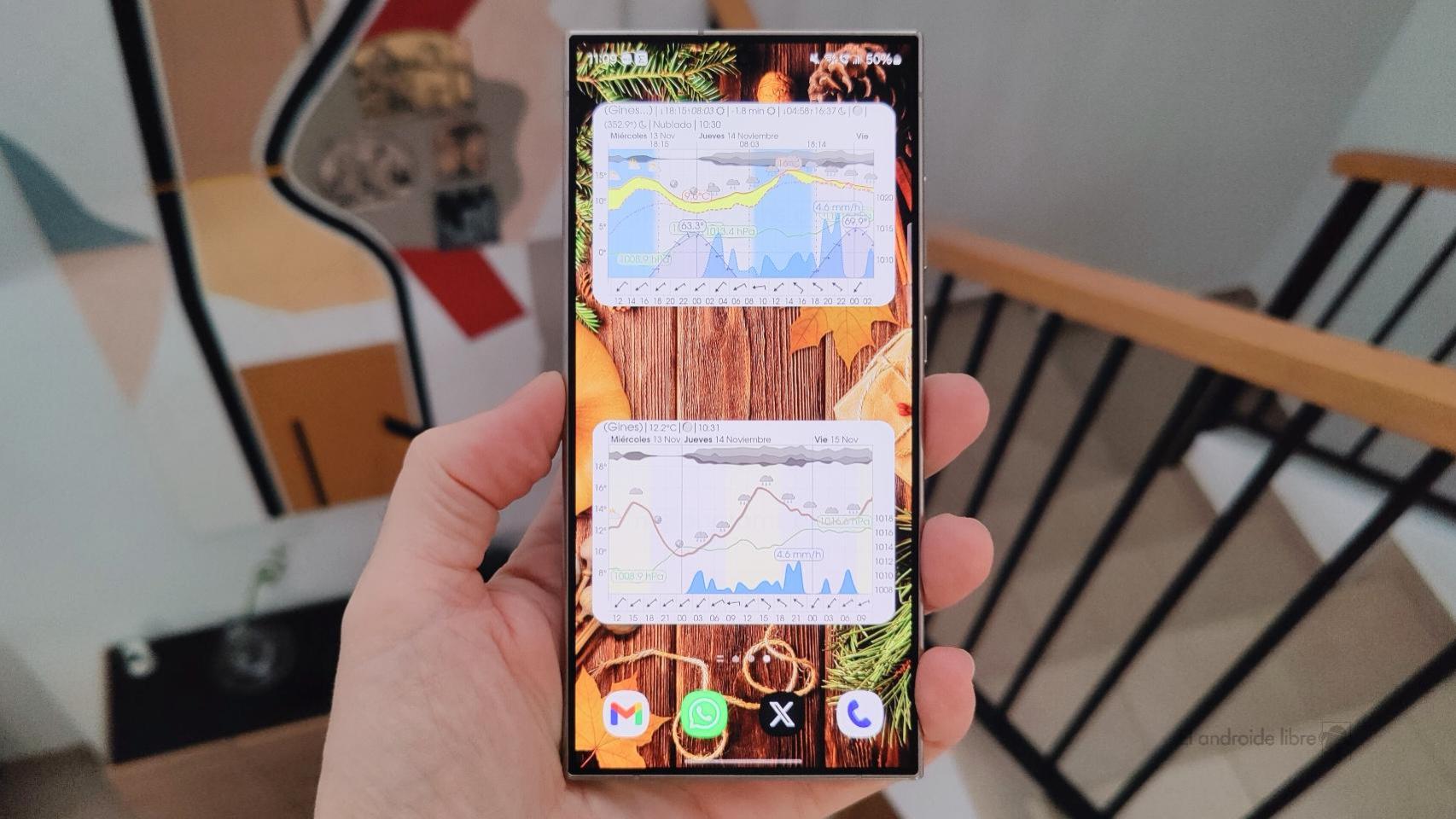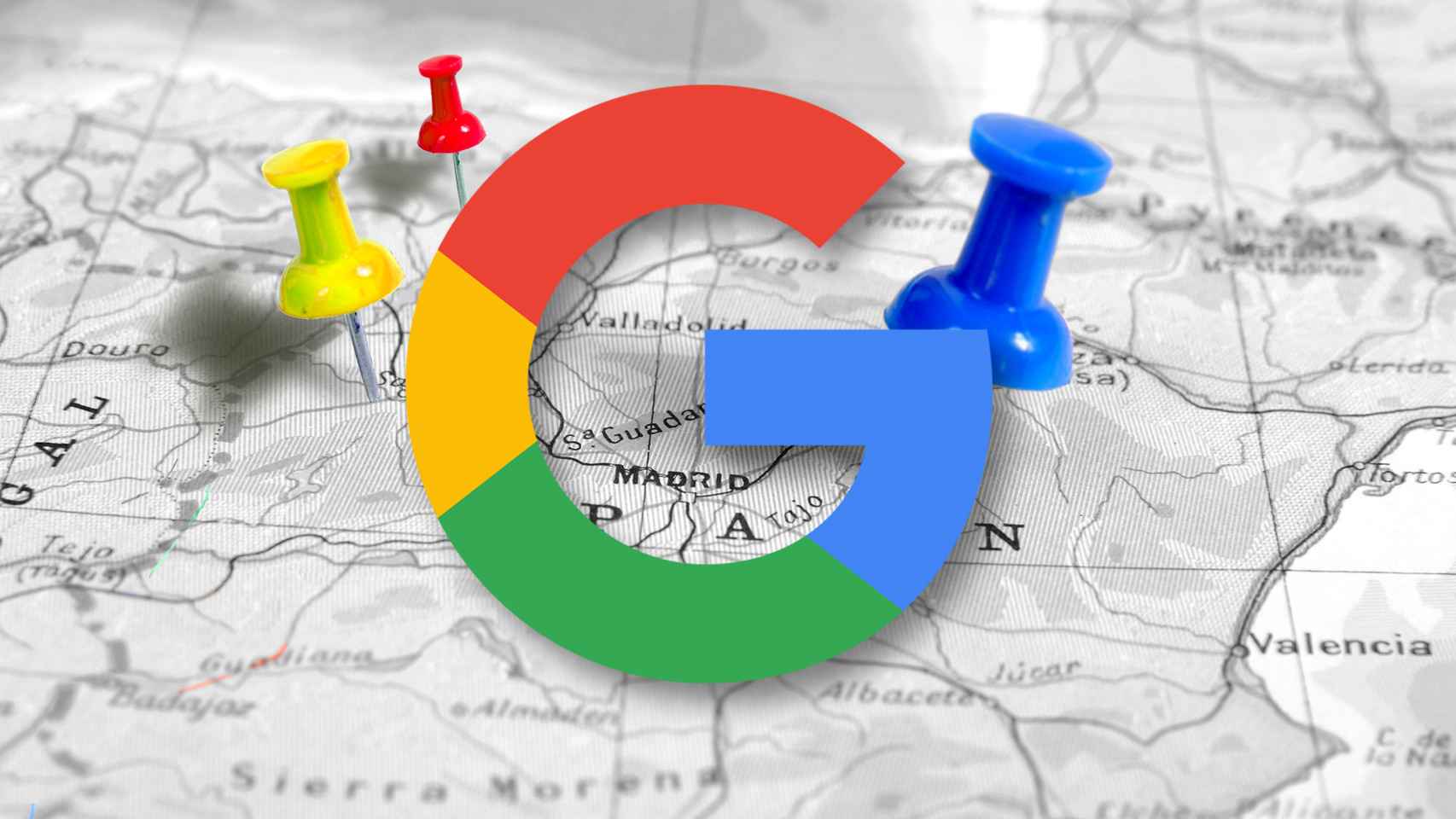Apple Intelligence, announced last week at WWDC 2024, is not a feature exclusive to a single product, or even a single product line. This is a set of platform-independent features that will be common to the latest editions of the iPhone, iPad and Mac. As such, it is expected to have a major impact on large swaths of Apple’s ecosystem. In short, it’s the future of everything,
But there is one important part of the ecosystem that will not be affected, at least not in the first wave of implementation: the Apple Watch. The watchOS 11 announcement covered customizable Face Photos, updated fitness metrics, a smarter Smart Stack, and a new Vitals app, but Apple Intelligence won’t be on the wrist for now.
There are reasons why Apple may have felt forced to make this decision, including the Watch’s generally weaker specs and connectivity, as well as its lesser ability to handle the processing tasks involved. But that still seems a shame to me, because the Apple Watch is where real intelligence would be most valuable.
Take Siri, for example. On iPhone, iPad, and Mac, Siri is a convenient option that saves you typing or a few clicks; but on the Apple Watch, it’s a lifesaver because all the controls on the watch are complicated and accessible via a small screen or a few small buttons. On a laptop, desktop, or tablet, a voice assistant is a luxury, and even Apple’s smartphones are roomy enough these days to do without one. It’s on devices with tiny screens (or unusable ones at all, like the HomePod) that Siri becomes a near-necessity and its dismal performance so far is most felt.
A greater ability to understand natural speech patterns, context awareness, a more forgiving approach to errors and mispronounced words… all of these things promised by Apple Intelligence would make Siri on the Apple Watch a better experience. And the Apple Watch could really benefit from this improvement; certainly m ore so than the Mac, most of whose users don’t use Siri at all.
I’ve called Siri an assistant, but the Apple Watch itself is ideally positioned to be a wearable virtual assistant. Take a look at the (mostly disastrous) single-use devices currently marketed as pocket AI, like the Humane AI Pin or the Rabbit R1: what they have in common is a desire to make them small, light, sturdy and always ideally within reach. An Apple Watch with Apple Intelligence would check all of these boxes, while also being a multi-use the device and thus avoid many pitfalls.
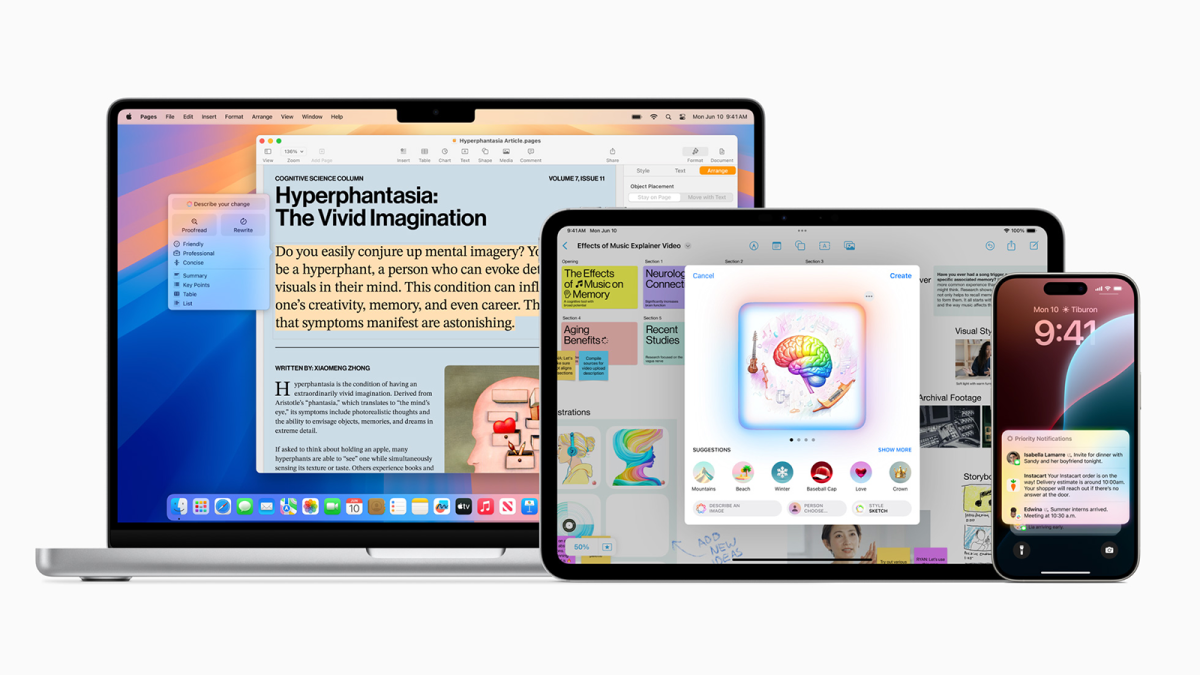
Apple Intelligence won’t work on Apple Watch when it launches this fall.
Apple
I’m walking around and suddenly need to know the length of a blue whale, or what that building is over there, or when the Starbucks on Main Street is closing, who’s going to win the general election or one of the millions of other useless questions that AI companions ask themselves. so useful for? Our smartEastthe watch would be perfectly placed to help. You won’t need to take it out of your pocket or type anything – just raise your wrist and speak. But that won’t be a reality, at least this year.
The same goes for Apple Intelligence’s messaging features, which promise a lot. Built-in writing tools will be able to use context clues to create responses for you in a specified style. On iPhone, again, this is a nice option when you’re in a hurry. But on an Apple Watch, it would save you from having to experience the nightmare of watchOS’ small keyboard, the slow pace of scribbling what you want to say letter by letter, or the unreliability of dictation.
The strange thing is that A.I. East is part of watchOS 11, in the form of that improved Smart Stacks feature I mentioned at the top. From any watch face, you can use the Digital Crown to call up a queue of vertically scrolling widgets, whose controls and information vary based on context and the AI’s assessment of what that watch face is. what you need right now. This is just the tip of the iceberg in terms of what AI can achieve, but it shows that Apple understands how useful this kind of assistance can be for a small-screen wearable. If only the company went even further and implemented Apple Intelligence everywhere.


